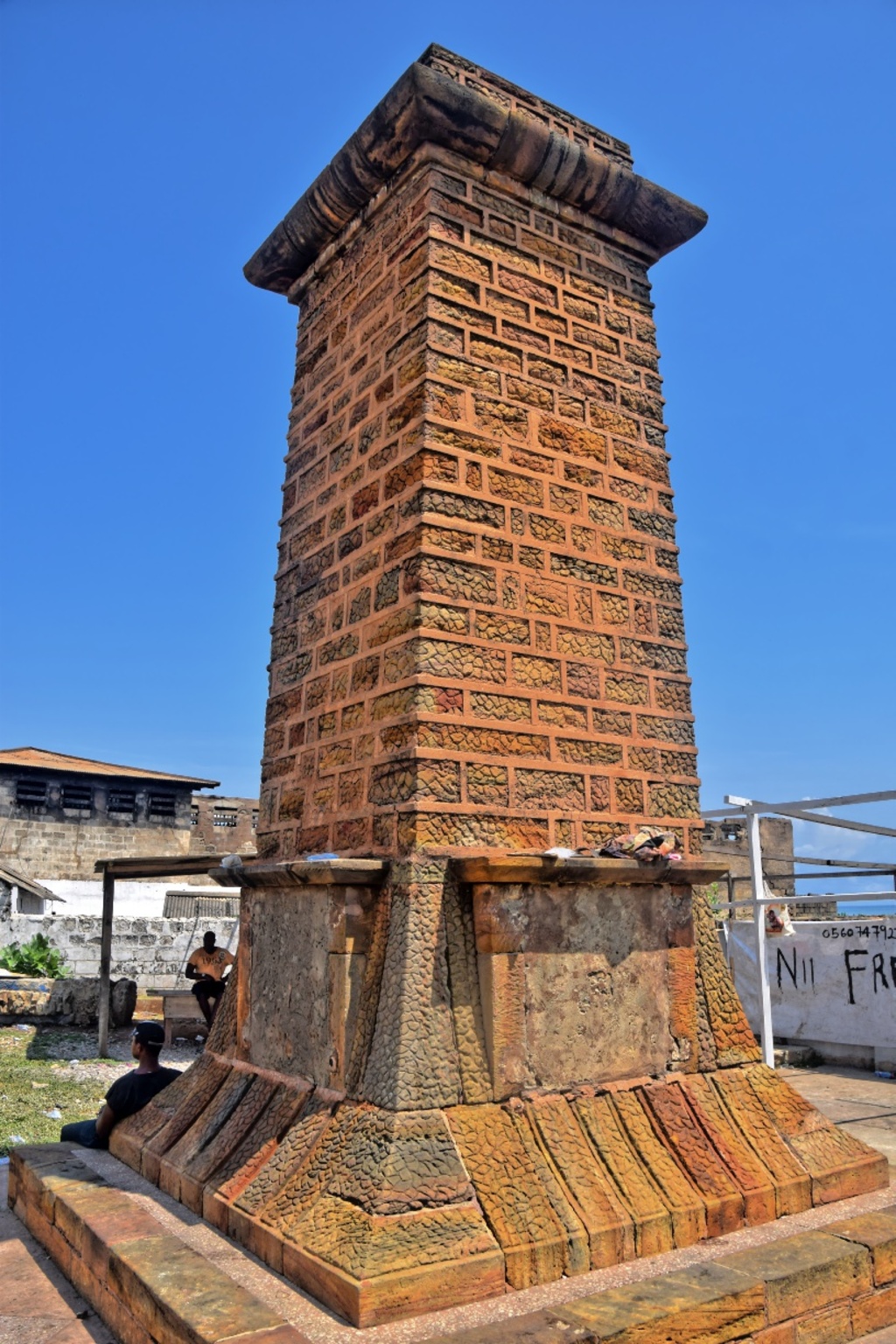The Sagrenti War: Ghana's Bloody Colonial Turning Point (1873–1874)
The Sagrenti War—named after "Sagrenti," the Ga and Fante mangling of Sir Garnet Wolseley's name (the British commander who led the charge)—was the third Anglo-Asante War, a brutal clash that reshaped the Gold Coast forever. It kicked off in 1873 when tensions boiled over between the powerful Asante Empire (up north in modern-day Kumasi) and British colonial forces on the coast. The Brits, fresh off earlier scraps (like the 1826 Battle of Katamanso), wanted to lock down trade routes, crush Asante influence over coastal states like the Fante and Ga, and secure their grip after Asante raids disrupted British-allied territories.
Key sparks:
- Asante King Kofi Karikari demanded tribute from coastal chiefs and flexed on British-protected areas, seeing the coast as his backyard.
- Brits, under Governor John Pope Hennessy, refused to play ball, leading to Asante invasions of British-held forts like Elmina (handed over from the Dutch in 1872).
- Wolseley, a sharp tactician shipped in from London, rallied a "punitive expedition": 2,500 troops (mostly British, but bolstered by West Indian regiments, Hausa auxiliaries, and local Fante/Ga allies—about 8,000 total vs. Asante's 50,000 warriors).

The Sagrenti War Memorial, standing beside James Fort, Jamestown, photographed by (c) Remo Kurka, Accra, 2025
The campaign was a scorched-earth blitz:
- December 1873: British forces crossed the Pra River (a natural Asante border) after a tense standoff.
- January 31, 1874: Battle of Amoaful—fierce jungle fight where Asante ambushes failed against British rifles and rockets; hundreds of Asante dead, minimal British losses.
- February 4: Sack of Kumasi—Wolseley's men torched the Asante capital, looted the royal palace (grabbing gold, stools, and artifacts like the famous sword now back from the UK in 2024), and burned Manhyia Palace to the ground. Kofi Karikari fled, suing for peace days later.
- Toll: 1,000+ Asante killed, thousands displaced; British lost ~18 dead, but the psychological blow to Asante pride was massive. It shattered unity, led to artifact repatriation demands (big in 2024's 150th anniversary), and paved the way for full British colonization by 1901.
From the coastal lens (like Jamestown), it was a "triumph"—British bases like Fort James became staging grounds, with local allies (Ga, Fante) roped in for the fight. But for Asante, it's raw trauma: a symbol of resilience, with 2024 commemorations (symposiums at KNUST, durbars at Manhyia Palace led by Asantehene Otumfuo Osei Tutu II) reclaiming the narrative as anti-colonial defiance, not defeat.
The Sagrenti War Memorial: A Colonial Pillar of "Victory"
Erected in the late 1870s (right after the war's dust settled and the Gold Coast Colony formalized in 1874–77), this unassuming pillar—tucked near Fort James' walls in Jamestown's Ussher Town section—is a British colonial flex. It's basically an obelisk-style stone marker (about 10–15 feet tall, inscribed with faded plaques) commemorating Wolseley's "expedition" and the British (plus allied local) troops who "pacified" Asante. No frills: think weathered granite, maybe a crown emblem or regimental nods, standing as a quiet brag amid the slave-fort shadows.
Why here? Jamestown was ground zero for British ops—Fort James (built 1673) shipped supplies, housed recruiters, and was a launchpad for coastal allies. The pillar honors the war's coastal role: Fante/Ga porters, West Indian riflemen, and the "relief" vibe after Asante threats loomed. Today, it's ironic AF—overlooked, graffiti-scarred, baking in the sun like forgotten empire homework. Locals barely glance; tourists snap it for the "hidden gem" Insta, but it's a stark reminder of how the war funneled looted Asante gold south to fatten Accra's coffers. (Pro tip: Pair it with your Asha Fort cell shots for that full irony loop—emancipator jailed near an empire-boast pillar.)
No major annual rites here (unlike Kumasi's fiery durbars), but it ties into broader 2024 reflections: artifact returns (39 items from the V&A Museum) and calls for reparations, flipping the script from "British win" to "Asante survival."
Other websites - Not shown within our main site-map:
- Fort Teshie (Fort Augustaborg) - Teshie, Accra)
- Fort Komenda - 2 Forts at Komenda (Central Region, near Elmina and Cape Coast, Central Region)
- Forth Conraadsborg (Elmina, Central Region)
- Fort Ussher (Accra, Ussher Town)
- Fort Wiliam (Cape Coast, Central Region)
- Fort Victoria (Cape Coast, Central Region)
- Fort Batenstein (Butree, Western Region)
- Fort Patience (Central Region)
- Kwame Nkrumah Memorial Park and Museum (Accra)
- Yaa Asantewaah Museum (Ashanti Region)
- The W .E. B. Du Bois Centre for Pan African Culture (Accra)
- Volta Regional Museum, Ho (Volta Region)
- Kakum National Park (Central Region, near Cape Coast)
- Aburi & Aburi Botanical Gardens (Aburi, Eastern region)
- Kwame Nkrumah Mausoleum Nkroful (Western Region, Nkroful)
- Official website of Tetthe Quarshie Art market (Accra)
Search Ghana Flights Info

3 girls selling fruits and food at the road side. (c) Strictly by Remo Kurka (photography)